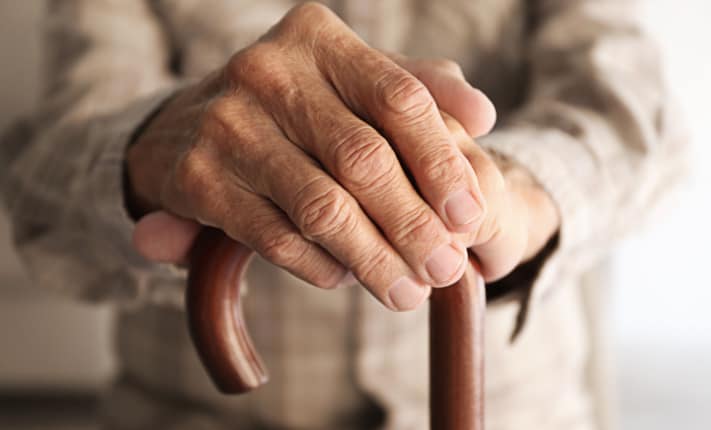Action is required now to avoid potential harm to future hip fracture patients.
• NHS Hospitals are not currently equipped to manage the expected increase in the number of patients who are likely to sustain hip fractures in the future.
• Researchers predict a shortfall of more than £25 million per year to care for the increase in patient numbers by 2030.
New research from the University of Aberdeen predicts an annual increase in the number of hip fracture patients over the next decade NHS A shortfall of more than £25 million to meet this demand.
Dr Luke Farrow, Clinical Research Fellow at the University and Chair of the Scottish Hip Fractures Audit Research and Quality Improvement Sub-Group, led the research and stated: “A clear and comprehensive national plan is now needed to manage the future burden of hip and hip fractures.” Other fragility fractures.”
The full report is published in the journal Bone and Joint.
The team used data from the Scottish Hip Fractures Audit from 2017 to 2021 and statistical forecasting techniques to forecast the annual number of hip fractures from 2022 to 2029. The analysis showed that between 2017 and 2021 the annual number of hip fractures rose from 6,675 to 7,797. By 2029, The annual number of hip fractures is expected to reach 10,311, representing a 32 percent increase from 2021.
This would equate to a rise from an average of 21 hip fractures per day in Scotland, to 28 per day.
Based on these projections, the total length of hospital stay after hip fracture in Scotland would increase by a total of 60,699 days per year, resulting in an additional cost of at least £25 million per year.
Fragility fractures of the femur already have one of the highest levels of “acute care bed burden” overall in the country, with this report indicating that approximately 5 more acute hip fracture beds per hospital will be needed to accommodate this increased activity.
Dr Farrow explains: “Our projections show that a clear national plan is needed to address the future burden of all fragility fractures, which should include a significant public health focus on fracture prevention measures such as reducing falls in older people and osteoporosis, weak bones, treatment.
“NHS Health care services, including those meeting the needs of patients with hip fractures, are already under significant pressure. If expected increases in future workforce, theater capacity and bed planning are not taken into account, there is a real risk that services will be unable to cope with increased demand, and the quality of care patients receive may be diminished as a result. .
“This is likely to have a knock-on effect of increasing patient mortality and increasing pressure on healthcare services managing complications associated with suboptimal treatment that would otherwise have been avoided.
Dr Farrow adds: “The increasing burden on health and social care resulting from fragility shock, caused by an aging population, is one of the major challenges facing the world. NHS Over the next ten years. We need to act urgently to ensure we have sufficient resources to manage these increases appropriately otherwise care is likely to suffer significantly as a result.

